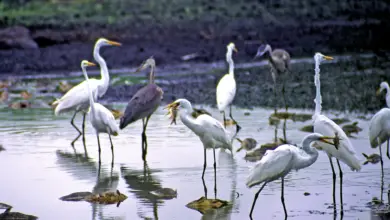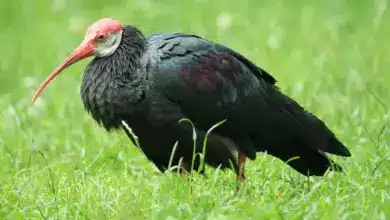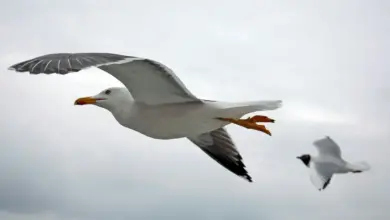The Radjah Shelduck or White-headed Shelduck (Tadorna radjah) is a species of shelduck. It is more commonly known as a Burdekin Duck.
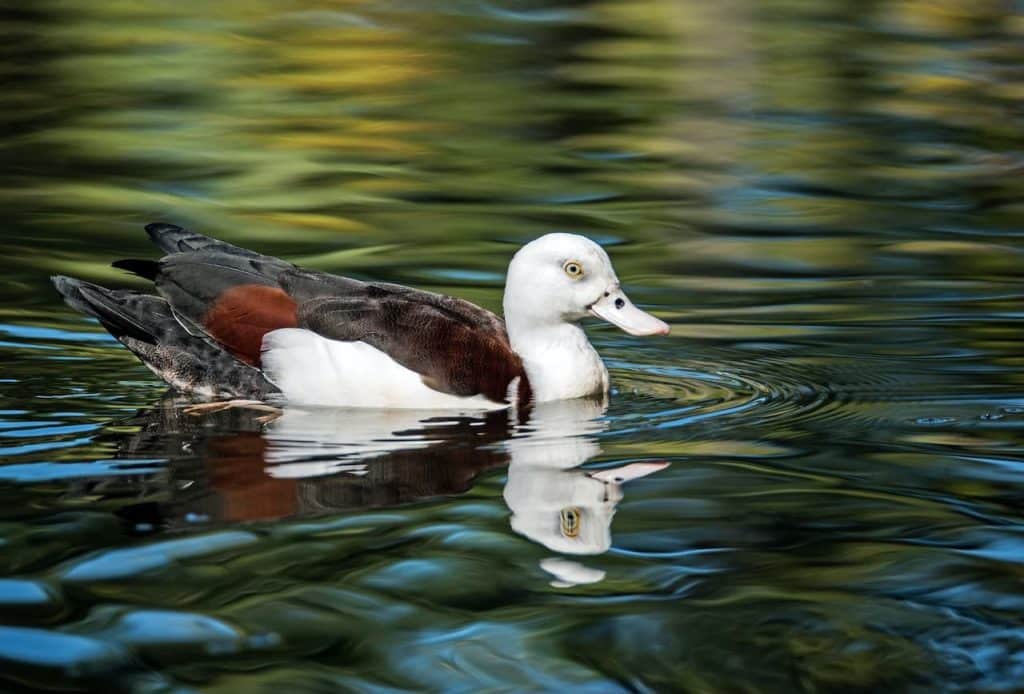
Appearance
Both the male and female of the species are mostly white, with dark wingtips and a distinctive “collar” of dark feathers. Seen from above in flight, the birds have green bands on the tops of their wings.
Calls / Vocalizations
The female has a harsh rattle and the male has a breathy, sore-throat whistle.
Distribution and Habitat
The Radjah Shelduck inhabits the mangrove forests and coastline of New Guinea and Australia. In Australia, its primary range is coastal tropical northern Australia, from central Queensland through the Northern Territory (including Kakadu National Park) to the Kimberley in Western Australia.
The species prefers the brackish waters of mangrove flats and paperbark tree swamps but will visit freshwater swamps, lagoons, and billabongs further inland during the wet season.
Protection Status
This duck is listed as a protected bird in all states of Australia and extremely harsh penalties exist for harming or disturbing them.
Breeding / Nesting
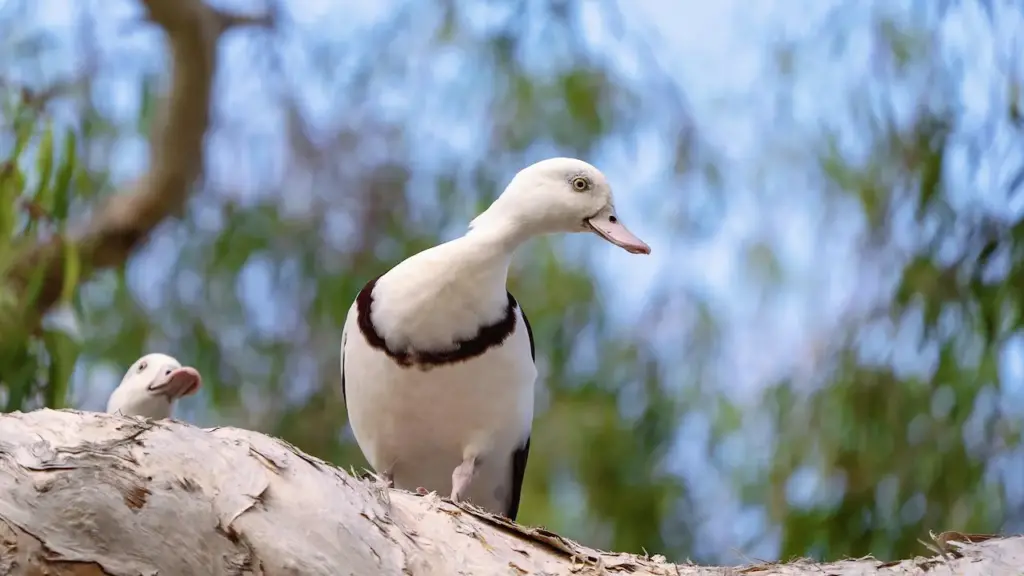
The Radjah Shelduck forms long-term pair bonds and is usually encountered in lone pairs or small flocks. During the wet season, the males commonly become very irritable and have been observed attacking their mates.
Pairs start searching for nesting sites during January and February. They nest close to their primary food source, often in the hollow limbs of trees, which makes habitat destruction a particular issue.
Radjah Shelduck does not use nesting materials except for some self-supplied down feathers. Egg-laying is usually done by May or June but depends on the extent of the wet season. The clutches range from 6 to 12 eggs. Incubation time is about 30 days.
Diet / Feeding
The diet consists mainly of molluscs, insects, sedge materials and algae.
Taxonomy
Placed in the genus Tadorna, it differs markedly in external morphology, and mtDNA cytochrome b sequence data (Sraml et al. 1996) suggests its status should be reinvestigated. The genus name Tadorna comes from Celtic roots and means “pied waterfowl”, essentially the same as the English “shelduck”.
Diet / Feeding:
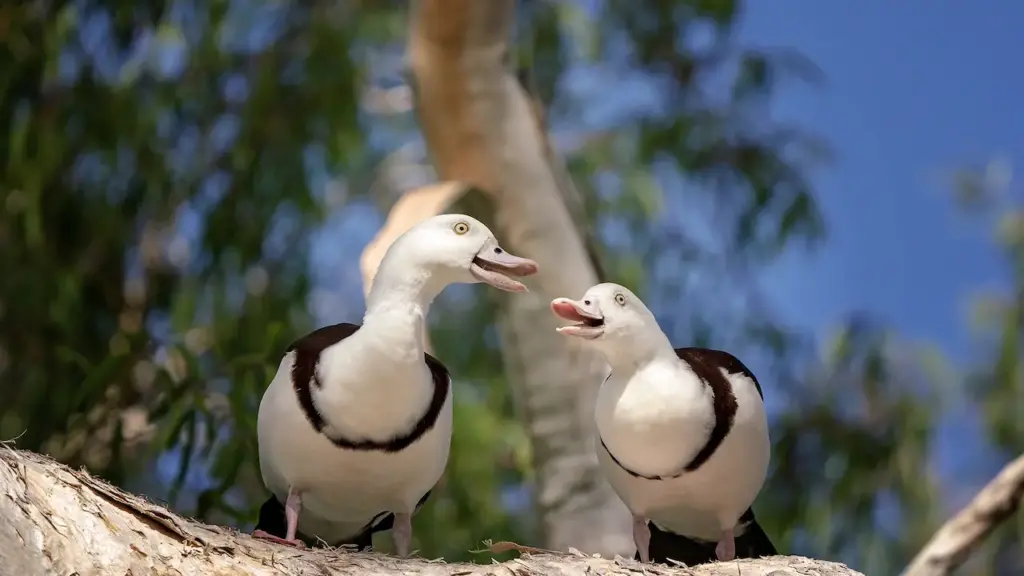
Radjah Shelducks eat mainly molluscs, insects, sedge materials as well as algae.
Ducks generally feed on larvae and pupae usually found under rocks, aquatic animals, plant material, seeds, small fish, snails and crabs.
Feeding Ducks …We all enjoy ducks and many of us offer them food to encourage them to come over and stay around – and it works! Who doesn’t like an easy meal?
However, the foods that we traditionally feed them at local ponds are utterly unsuitable for them and are likely to cause health problems down the road. Also, there may be local laws against feeding this species of bird – so it’s best to check on that rather than facing consequences at a later stage.
- Foods that can be fed to Ducks, Geese and Swans to survive cold winters and remain healthy when food is scarce in their environment.
Please note that feeding ducks and geese makes them dependent on humans for food, which can result in starvation and possibly death when those feedings stop. If you decide to feed them, please limit the quantity to make sure that they maintain their natural ability to forage for food themselves – providing, of course, that natural food sources are available.


